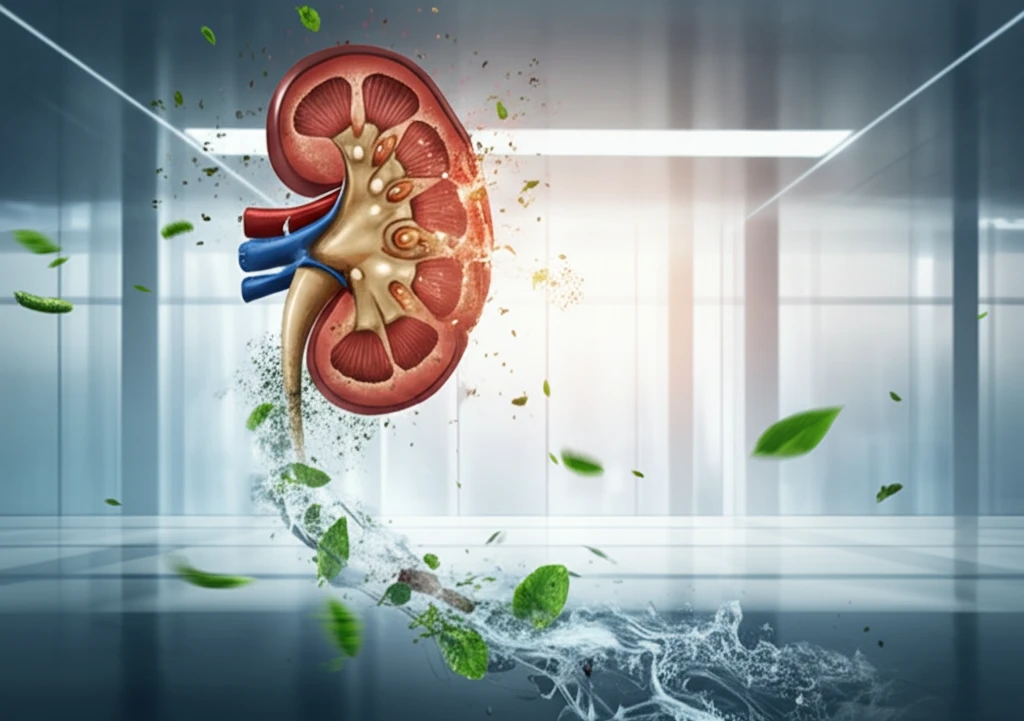
Breathe Easier: How Scientists are Tackling Indoor Air Pollution and Kidney Stones!
"Discover cutting-edge research on improving your health through innovative air purification and natural kidney stone remedies."
In today's world, where we spend a significant amount of time indoors, the quality of our indoor air is paramount. Similarly, kidney stones, a common and painful ailment, affect millions worldwide. Excitingly, scientists are exploring innovative solutions to tackle both these challenges, offering hope for healthier lives.
This article delves into recent research presented in Toxicology Letters, highlighting promising advancements in two distinct yet vital areas: reducing indoor air pollution through self-cleaning ecosystems and accelerating kidney stone removal with natural remedies.
We'll break down the science in an easy-to-understand way, revealing the potential of these discoveries to transform our homes and healthcare.
The Air We Breathe: Combatting Indoor Air Pollution with Nature's Help

Indoor air pollution is a major concern, contributing to various health issues. Traditional methods like ventilation and air purifiers have limitations. Researchers are now investigating a novel approach: self-cleaning ecosystems using microorganisms.
- The Science Behind It: This process, known as bioremediation, utilizes living organisms to clean up contaminated environments. The microorganisms metabolize harmful pollutants into less hazardous substances.
- Real-World Testing: A pilot study was conducted in an urban office building, comparing offices with and without the nebulized microorganisms.
- Promising Results: The study found that offices with the self-cleaning ecosystem had significantly lower levels of acetaldehyde and particulate matter – up to 1.5 and 4 times lower, respectively – compared to the control office.
The Future of Health: A Holistic Approach
These studies represent a significant step forward in our understanding of how to leverage natural solutions for common health challenges. As research continues, we can anticipate more innovative approaches to improve our well-being, from the air we breathe to the treatments we receive. By embracing these advancements, we can pave the way for a healthier future for ourselves and generations to come.
